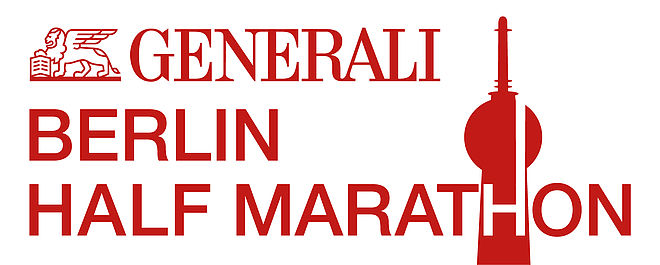This is how you #beatberlin42! This article is part one of a series that has been developed with the SMS Medical Institute. New topics will be published weekly. Benefit from our expertise and optimize how you prepare for the BMW BERLIN-MARATHON.
As nice as summer can be, it sometimes brings a few challenges with it for running: heat, higher ozone levels and pollen pose the greatest challenges of summer weather. But if you know how to deal with them, summer running training can be pure pleasure.
1. Shaded running paths
Look for shady training routes and avoid long sunny segments. That will reduce your risk of sunburn and the temperatures will be lower. If you can’t stay in the shade for the whole run, be sure not to forget to use sunscreen and wear a light, airy cap.
2. Light summer running outfits
Your gear should be light, functional and breatheable, wicking your sweat to the outside so no damp clothing sticks to your skin. In addition, special light and comfortable summer running caps can protect your head from the sun, helping prevent sunstroke and cardiovascular problems.
3. Running early and late
In the morning, the temperatures are often still fresh and comfortable for running, and conditions after 8 pm are better too. Ozone levels are at their lowest in the mornings, which people with asthma should be especially cautious about. If you start getting a headache when you are running, or start to freeze or get dizzy, listen to your body’s warning signals and stop (or walk).
4. Drink
If you plan on running for over an hour, be sure to have access to plenty of liquids. That can mean a water fountain or gas station along your path. If you are doing one of your obligatory long jogs, you can leave drinks at a spot you will frequent on your loop (possibly in your car). Other options are to carry ergonomic running packs or a drinking backpack.
5. Minimise warm-up before races
In high temperatures, do not waste your energy resources by a too intensive warm-up programme or jog. You want to avoid tiring yourself out before the race or raising your core temperature. Light muscle warm-up through mobilising and activating exercise such as light callisthenics and a few minutes of jogging will do the trick.

In general, your planned training programme should always be adjusted to the conditions and your form of the day. High temperatures mean higher heart rates. If needed, it is better to deviate from your plan and reduce your programme. If you are training for a marathon in the fall, you have to train diligently. If you need the tips and listen to your body, you can have a lot of fun training in the summer.
Here's more #beatberlin42 advice on how to improve your preparation for the BMW BERLIN-MARATHON 2017:
Check out the course offers of the SMS Medical Institute to work on your performance!
Don't miss the other #beatberlin42 training advice!


